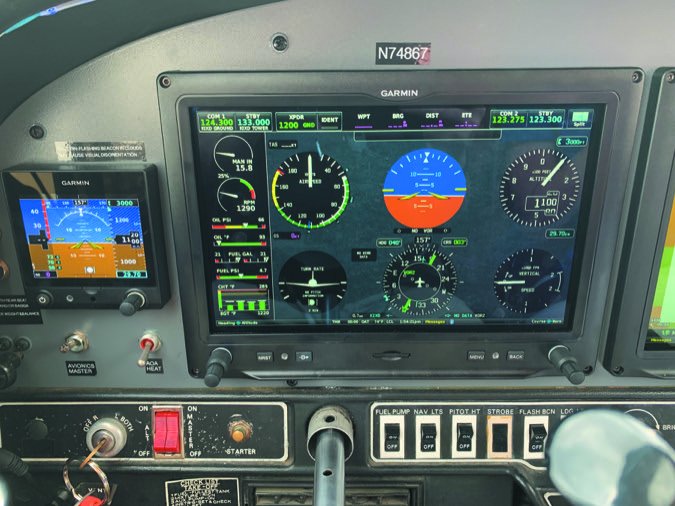Ron Stubblefield
Filing Flight Plan
- Joined
- May 25, 2022
- Messages
- 8
- Display Name
Display name:
Ronbo422
I recently jumped back in an airplane, after a 17-yr "break", and the 172's at the school, where I received my recurrecy training, all have twin G5's. They also still have the original airspeed, altimeter and VSI. I WANT to use the new G5's but my eyes always go back to the analog gauges.
Is this normal for someone transitioning from old to new? What I've noticed, and it's obviously clear to me, is that when my eyes sweep across an analog gauge I can interpret the info and be on to the next gauge very quickly. The position of the needle against the backdrop tells my brain "Saul Goodman". However, when I look at the G5's I find myself staring at it longer. I do realize that it's a one-stop-shopping type of display, offering so much more info without the need to move ones eyes to another area. With that said, I find that my brain is taking more time to decipher the info presented. It takes extra time to determine what the tapes are doing. I hope that makes sense.
I guess if I'd always used G5's/glass panels in my training then it wouldn't be an issue.
I've heard it said that transitioning from steam to glass is much easier than glass to steam (think renting from a fleet of aircraft). Likely that's why my flight schools 172's still have both. I just need to force myself to use the G5's in order to get used to them. I plan on moving to an area where there's a flying club with MANY 172's, 182's, etc with G1000's.
What are your thoughts?
Is this normal for someone transitioning from old to new? What I've noticed, and it's obviously clear to me, is that when my eyes sweep across an analog gauge I can interpret the info and be on to the next gauge very quickly. The position of the needle against the backdrop tells my brain "Saul Goodman". However, when I look at the G5's I find myself staring at it longer. I do realize that it's a one-stop-shopping type of display, offering so much more info without the need to move ones eyes to another area. With that said, I find that my brain is taking more time to decipher the info presented. It takes extra time to determine what the tapes are doing. I hope that makes sense.
I guess if I'd always used G5's/glass panels in my training then it wouldn't be an issue.
I've heard it said that transitioning from steam to glass is much easier than glass to steam (think renting from a fleet of aircraft). Likely that's why my flight schools 172's still have both. I just need to force myself to use the G5's in order to get used to them. I plan on moving to an area where there's a flying club with MANY 172's, 182's, etc with G1000's.
What are your thoughts?



